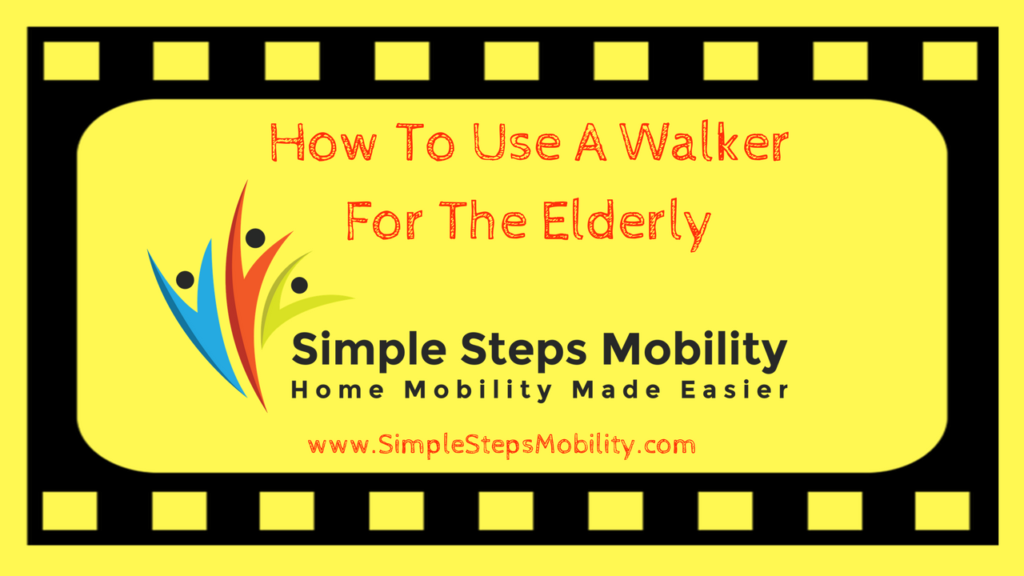How The Elderly Can Use a Walker In Simple Steps
- The walker needs to be adjusted to the proper height and accommodate for elderly posture.
- Make sure they are not standing too far into the walker.
- Have them move the walker ahead about a step length
- If they have a sore/weak/operated leg, step forward with that one first placing the toes of that foot into the imaginary square the legs of the walker makes
- Have them bear their body’s weight if necessary on straightened arms
- Step forward with your the other foot
- Repeat steps 3-6
Adjust The Walker To The Natural Height of The Elderly
The walker will need to be adjusted to their proper height. Please don’t try to have an elderly person stand straight like a soldier. Just have them stand as erect as the naturally do. Then adjust the handles so it is at the height of the bend of their wrists. This will give the person using it the best leverage and most support.
Keep in mind that iIf the walker is too low, they’ll not be able to stand as tall as they should. On the other hand, if the walker is too high for them, they won’t be able to use their arms to support their body weight and may not be able to walk as well.
Having the walker in the best position could be a challenge for some because they may think that they have to stand “inside” the walker to use it the “right way”. This isn’t true.
The best positioning for the walker, will allow a person’s hands to be ahead of/in front of their hips when they’re standing upright. When walking, the hand position should remain in front of the hips, sort of like pushing a shopping cart. This will give a person the best support.
Do Not Encourage Them To Stand “Inside” the Walker
If they stand “inside” the walker, their hands will be along the sides of their hips. This position will throw off their balance and it will be more of a struggle to walk steady and confidently. They may have to contort their body in an exaggerated posture to keep from falling backwards.
The proper starting point is with their feet flat on the floor with their toes resting in the center of the imaginary square/retangle made by the walker’s 4 legs. Have them advance the the walker forward about a step length.
Have them step forward with the sore or weak leg first (if they have one) with the toes coming to rest in the center of the imaginary square/retangle again. It’s important to start out with the weaker or injured leg first because it’s easier for them to use their arms to help with support.
Lean the body weight onto the arms at this point and use them, plus your weak leg to support their body weight while they step forward with the other foot.
Physical therapist’s have a “cadence call” that you may have heard when they’re training people to use a walker. It goes something like this:
“Walker. Bad/weak/sore leg. Good leg. Walker. Bad/weak/sore leg. Good leg.”
Remembering this along with the importance of proper walker height and walker positioning, are simple steps to help train elderly in use of a walker.

